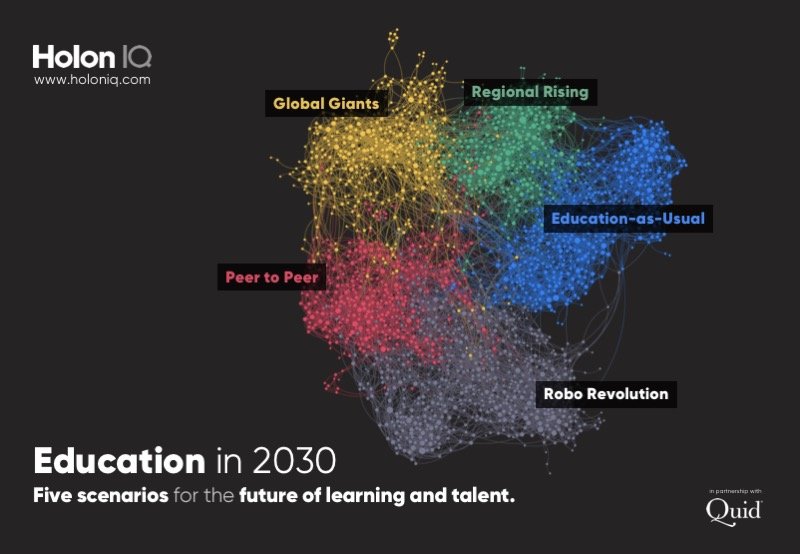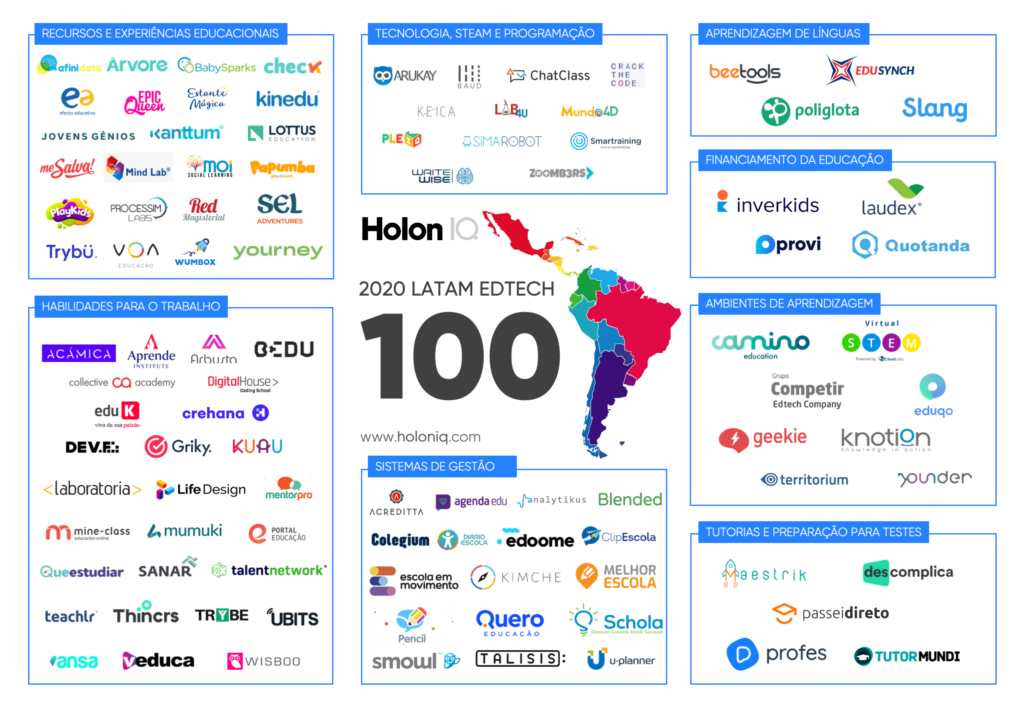
It is Black Friday, and I believe that is the perfect day to share my understanding of the concept “of “low time preference”, and how this principle can be used while building a community…or anything else, really.
What is time preference?
In economics, time preference is the current relative valuation placed on receiving a good or some cash at an earlier date compared with receiving it at a later date*1. In other words, it measures how patient you are to get results out of your efforts or your money.
A practical example: Jim and Bob go out for a drink but Jim has no money so Bob lends Jim $10. The next day Jim visits Bob and says, “Bob, you can have $10 now, or I will give you $15 when I get paid at the end of the month.” Bob’s time preference will change depending on his trust in Jim, whether he needs the money now, or if he thinks he can wait; or if he’d prefer to have $15 at the end of the month rather than $10 now.
Black Friday is peak high preference. Every business and individual is trying to maximise returns of their investments today. When the macroeconomic environment is unstable, the amount of high preference decisions increases. Everyone is trying to sell as much as possible and get profits, fast.
What is low time preference?
Low time preference, instead, is about building for the long run independently of the current circumstances. Instead of maximising the return of the investment today, it is about maximising the value generated in the future.
Yes, that is hard.
We can find examples of low time preference projects in all trades. One of my favourite low time preference projects is the Sagrada Familia, in Barcelona. Construction started in 1882 led by Antonio Gaudí, and is still unfinished (!). “My client is not in a hurry.” he said about a project that he probably knew he would not see finished in his lifetime. This construction currently attracts 5 million visitors, generating 17M € in revenue annually.

Every day we face high time vs low time preference choices. Fast food or home cooked meals? Social media or reading a book? Going for a drink or going for a run? Your physical and mental health will be affected by each of those micro-decisions. Like it or not.
Not only our personal life is affected by high vs low time preference. At work, it is up to you to build long term relationships or quick transactional deals. We can build for an economy of hire fast and fire faster, or we can invest in growing something strong together. We can take strategic decisions looking at this quarter’s results, or at the company’s mission. It is always the same principle at play. Simon Sinek calls it The Infinite Game:
Low time preference education
Education doesn’t escape the high time preference vs low time preference principle. Studying the last day for an exam, trying to pass without thinking about absorbing knowledge or skills, is a high time preference decision.
However, when we look at it in depth, any valuable skill builds up on a low time preference process. You didn’t learn to read – a skill you practise every day- with a “0 to hero” course. It takes time. It requires a sustained effort. It meant you had to focus on a specific task repeatedly, many days, without noticing much progress each time. Low time preference at its best.
As a product, I believe education is one of the lowest time preference options you can choose in life. In buying a car, the benefits are perceived instantly. However, in purchasing a “second language course”, the benefits will be only felt after sustained effort, whenever we need to use that language in the future.
Low time preference at the Studio
At Minds Studio, I am determined to build a low time preference business with people who are aligned to this principle. This means we would like to invest in long lasting relationships with our clients and employees, build sustainable business models, and long lasting learning experiences.
When building a learning community, the temptation is to cut corners. Using money to artificially provide an illusion of engagement, “magical results” and hoping that big promises will generate an “explosion” of growth. On the contrary, the low time preference approach of growing a strong base of appreciated members who trust each other to grow together is generally seen as “not fast enough”. We work with businesses and individuals who understand that building for the long term means to grow slower but stronger.
If any of these principles resonate with you, please do not hesitate to leave your contact details here so we can have a -low time preference- chat about the community you are building.


